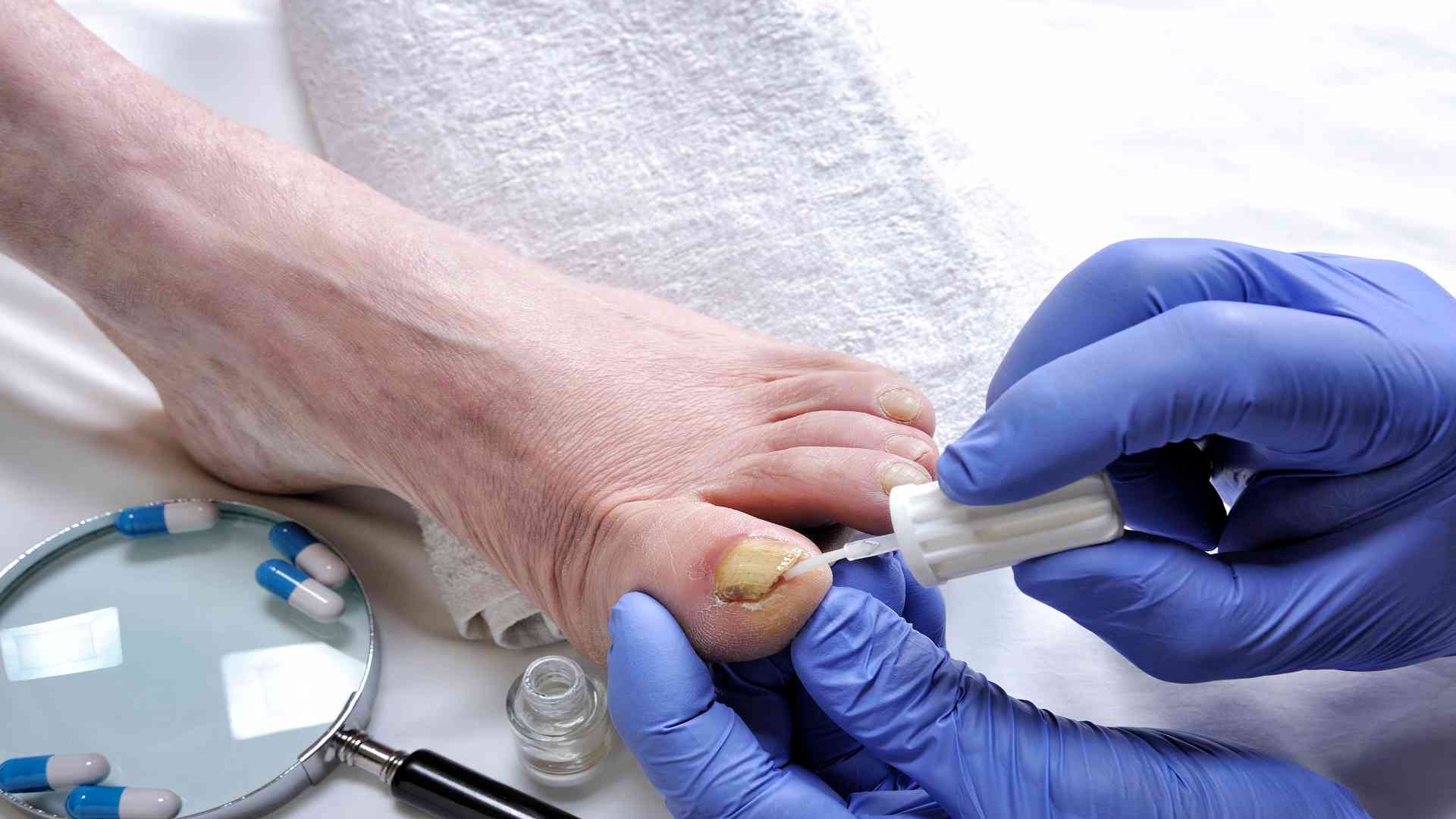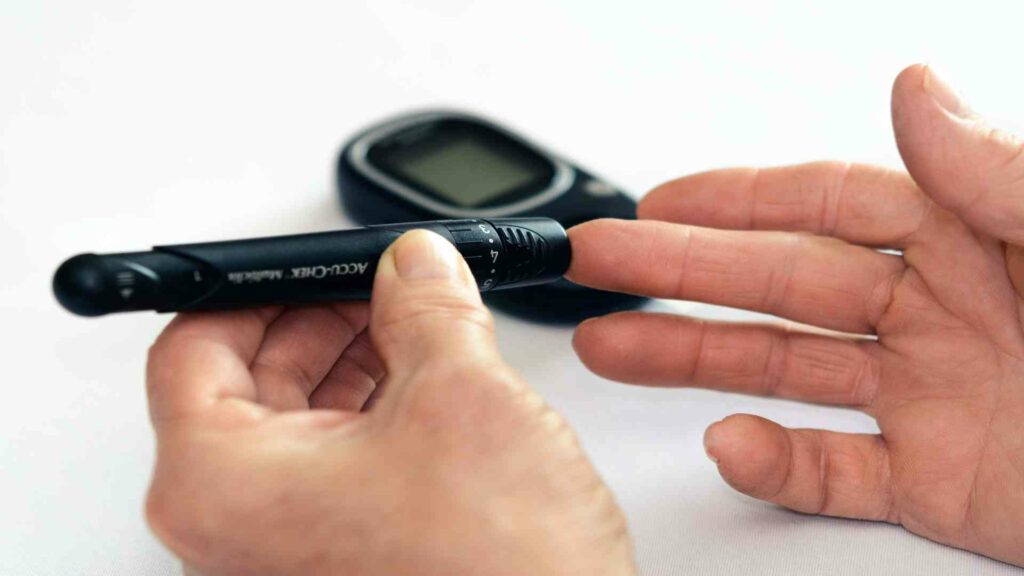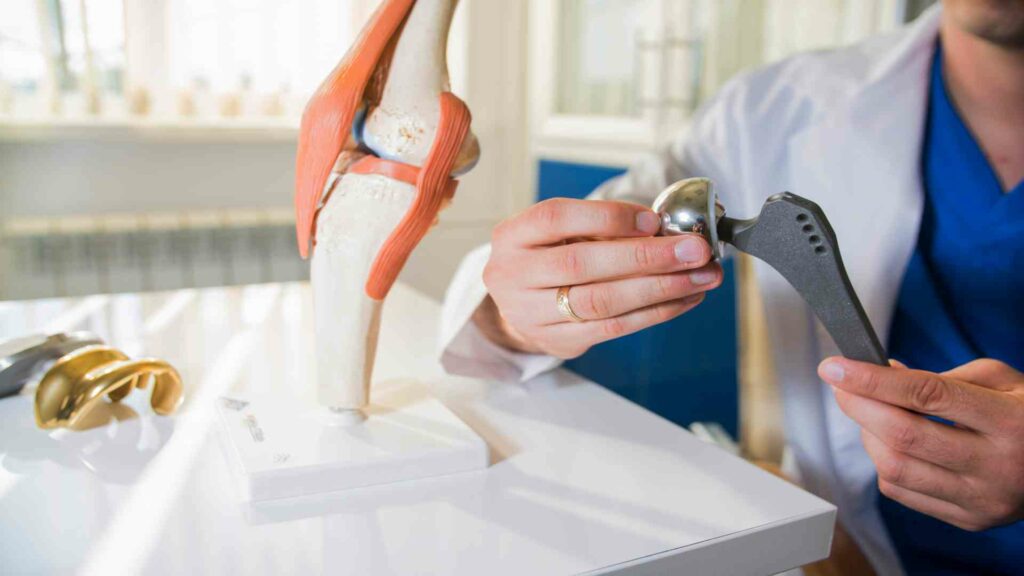Onychomycosis: What it is and How Tavaborole Can Help
Onychomycosis, commonly referred to as nail fungus, is a fungal infection that affects both toenails and fingernails. It can cause discoloration and disfigurement of nails, as well as pain, soreness, or discomfort around the affected area. Fortunately, there is an onychomycosis treatment: a boron-based antifungal agent, tavaborole solution. This topical solution is for mild-to-moderate onychomycosis of the toenails.

Onychomycosis
Onychomycosis Treatment: Tavaborole
Tavaborole (Kerydin) is a unique boron-based antifungal medication that cures fungal infections of the toenail. It belongs to a class of medications referred to as oxaborole antifungals, which prevent fungus from growing and spreading in the affected area.
The US Food and Drug Administration (FDA) approved Tavaborole for use in July 2014, deeming it safe and effective for treating toenail fungus. Clinical trials have shown that it outperforms the vehicle (ethyl acetate and propylene glycol) in treating fungal infections.
How Does Tavaborole Work to Treat Onychomycosis?
Tavaborole has a distinct mechanism of action that makes it an incredibly powerful antifungal agent. Unlike existing medications that work by inhibiting ergosterol synthesis or microbial metabolism, Tavaborole’s mode of action involves targeting a key enzyme called leucyl-tRNA synthetase (LeuRS).
This prevents the production of leucine-charged tRNAs and ultimately halts fungal cell activity. With such a highly specific approach to treating fungal infections, Tavaborole is an effective and reliable option for managing toenail infections.
How to Apply Tavaborole and How Long to Use it?
Tavaborole is available as a topical solution for use on the toes. It is typically used every day at the same time for 48 weeks. It is important to follow the prescription carefully and not apply more or less than prescribed.
Follow these steps to use the topical solution:
- Clean and dry toenails.
- Remove the cap from the bottle and discard it before using a tavaborole topical solution for the first time. Remove the dropper from its packaging and place it in the bottle.
- Infuse the dropper to medication by squeezing the dropper bulb and then releasing your grip.
- Keep the dropper over the exposed toenails and slowly squeeze the bulb to discharge enough medication to cover the toe completely. You may require more than one drop.
- Spread the medication with the tip of the dropper to cover your entire toe.
- Place the dropper tip underneath your toe and squeeze the bulb to use.
- Spread the medication underneath your toenail with the dropper tip.
- Wipe any medication that gets on the skin around the toes with a tissue. Do not rub the medication off your toes.
- If more than one toenail is affected, repeat steps 3-7.
- Replace the dropper tip in the medication bottle and tighten it.
- Allow a few minutes for your toes to dry.
- Clean your hands with water and soap.
Cause of Onychomycosis
Onychomycosis is a nail fungal infection that can cause discolored, thickened, and distorted nails. It occurs when fungi infect one or more of your toenails, often leading to an unsightly look and potential pain.
The most frequent type of fungi causing this infection is dermatophytes, but other organisms such as yeast, molds, and bacteria also cause this. Onychomycosis symptoms of toenail fungus can vary greatly but generally include the following:
- Yellowing or darkening of the nail color.
- Thickening of the nail plate.
- Crumbling corners and edges of the nail.
- Separation from the nail bed.
Onychomycosis Risk Factors
Onychomycosis can be difficult to manage, so it’s important to be aware of the risk factors. It increases with age, largely due to a weakened immune system. Wearing shoes that don’t allow your feet to breathe can also increase the likelihood, as sweat trapped in your footwear is a prime breeding ground for fungus.
Those who have previously had athlete’s foot are more susceptible to nail fungus, as the two conditions often go hand-in-hand. Moreover, walking barefoot in moist public places such as gyms, swimming pools, and shower rooms can lead to infection.
Other contributing factors include minor skin or nail injuries, diabetes, and blood flow issues.
Onychomycosis Prevention
To prevent it, it’s important to practice good hygiene and keep the nails in good shape.
- Keep your nails clean and dry by washing your hands and feet regularly with soap and water.
- Make sure to dry them off well afterward, then use an antifungal foot powder or moisturizer to protect against infection.
- If your nails are prone to becoming brittle or discolored, try using a nail hardener. This strengthens them while also protecting cuticles from infections.
- Keep your nails trimmed, and use a disinfected pair of clippers each time. Cut straight across the top of the nail and use a file to smooth out any rough edges.
- To reduce the risk of reinfection, it’s also important to wash your hands after touching an infected nail. This is especially true if you’ve been outside and in contact with public surfaces where fungi can linger.
- Wear absorbent socks or keep changing your socks regularly during the day. Prefer hoose shoes made of breathable materials, like canvas or leather.
- Don’t use old shoes or sanitize them with antifungal powders.
- Wear appropriate footwear in pool places and changing rooms.
- Visit a nail salon that utilizes sterilized manicure toolkits for each client. Or sterilize the tools for at-home pedicures.
- If you suffer from an athlete’s foot, use an antifungal product to treat it.
Boron-based antifungals have the potential to revolutionize the treatment of onychomycosis. Unlike other topical agents, this new boron-based antifungal is lipophilic, which can penetrate deep into the nail plate and provide better overall coverage.
This enhanced penetration capability leads to improved efficacy and a reduced duration of therapy compared with other existing treatments. Furthermore, these drugs are safe and well-tolerated when used as recommended.
By offering more effective treatment options with fewer recurrences and fewer side effects, boron-based antifungal agents are set to be game changers in treating onychomycosis.





